Hydroponics Part V: How to Start Your Seeds

As you well know by now, hydroponics is a means of growing plants without soil. This adds a versatility that is hard to appreciate when planting a garden. You have so many additional options available to you. But it also means that you have to do things slightly different. In this latest post on hydroponics, I want to go through the step by step process to start seeds.
Using a seed starting cube
By far the best way to start seeds is to use a seed starting cube. The advantage to these is that the cubes can hold water while allowing air to reach the seeds, which is important during germination. There are several brands on the market such as rock wool or oasis starter cubes.
I personally prefer the Oasis brand because the cubes come in larger sheets that are easy to separate and they tend to be less expensive. Once seeds start to sprout and grow roots, the starter cubes make it easy to transfer the seedlings to the hydroponics system of your choice. A one and one half inch st...
Hydroponics Part IV: Defining and Measuring pH, EC, and TDS
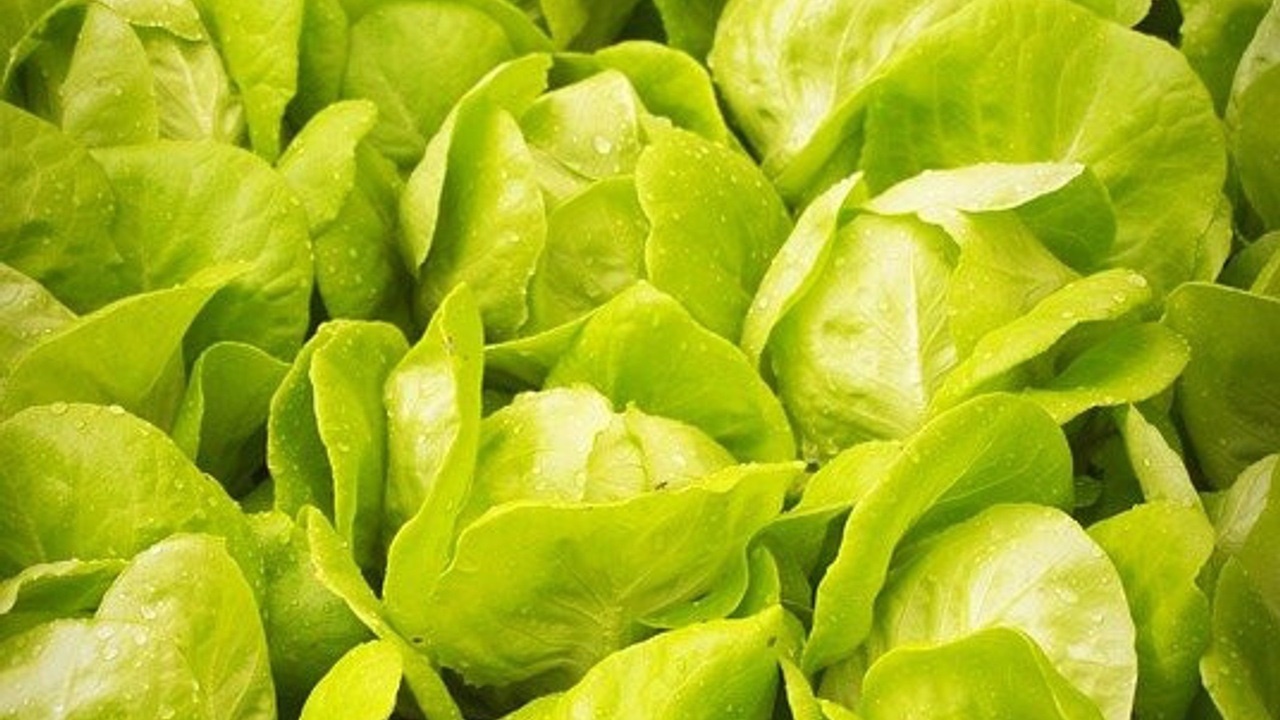
The beauty of a hydroponic system is that plants can be grown in the absence of soil. Additionally the water needed to grow plants is about 90% less than traditional gardening. Since soil is not used, the success of your system is truly dependent on the proper nutrient solutions. Just as soil types directly affect the growth of plants, the same is true for nutrient solutions.
That said, once your nutrients are mixed in proper ratios that reflect the needs of your plants, transpiration and differences in plants means that nutrient levels can drift away from optimum levels. This simply means that your nutrient solutions need to be properly managed. This is accomplished by measuring certain parameters such as pH, EC (electrical conductivity), and TDS/PPM (total dissolved solids/parts per million).
The Importance of Proper pH
The nutrient solution pH level is crucial in hydroponics because it affects nutrient availability to growing plants.When plants are grown without soil, they do...
Hydroponics Part II: How to Set Up a Hydroponics System in 8 Steps
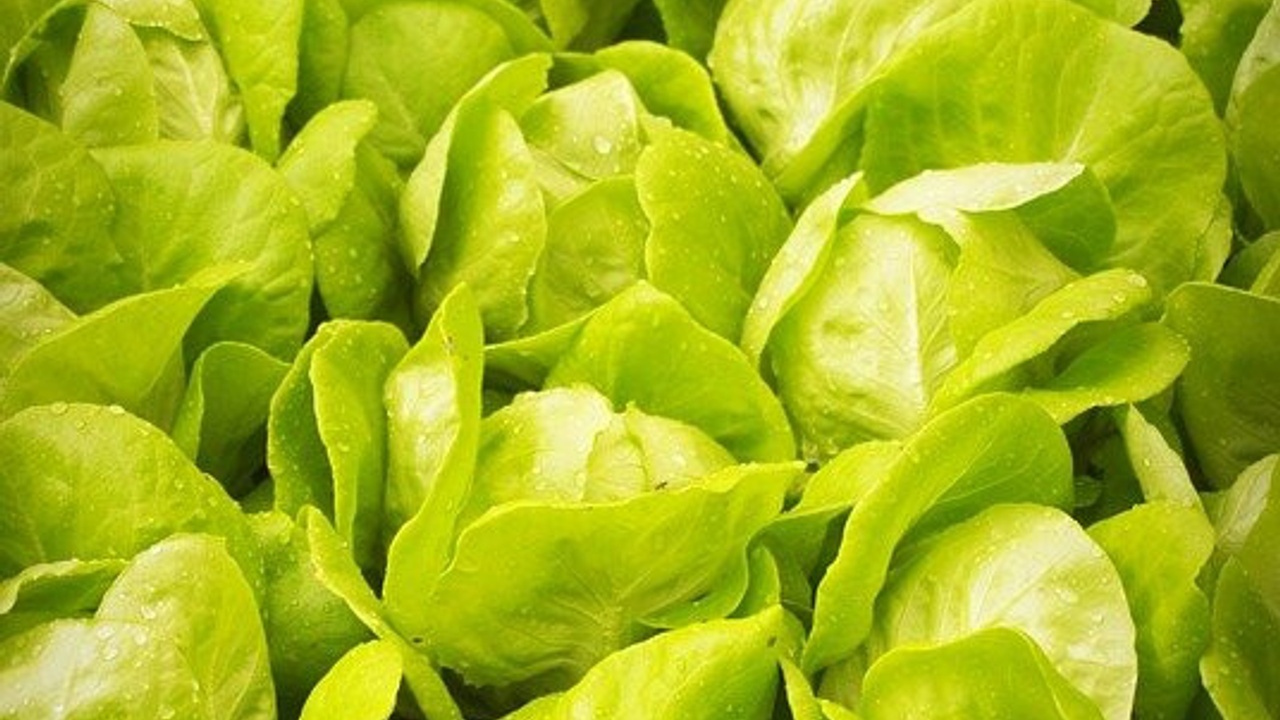
Hydroponic farming is a fantastic way to cultivate plants because it does not require soil. This type of cultivation allows us to manipulate the growing environment in such a way to maximize production and minimize the use of resources. We now have the technology to grow food anytime and anywhere in the world. Despite the advanced technology, you can also learn how to set up a hydroponics system and have a small hydroponics garden even with little space.
But, if you are like me when I first became interested in hydroponics, I was a bit confused on where to start. Of course I consulted several references and read through them but it was also a lot of information. What I want to accomplish in this post is to give you a step-by-step guide on how to set up your first hydroponics garden. There will be other posts to explain lots of things in further detail. However, this guide will give you a good place to start.
1. Decide on what plants you want to grow

First decide on what plants you...
Hyproponics Part I: An Introduction
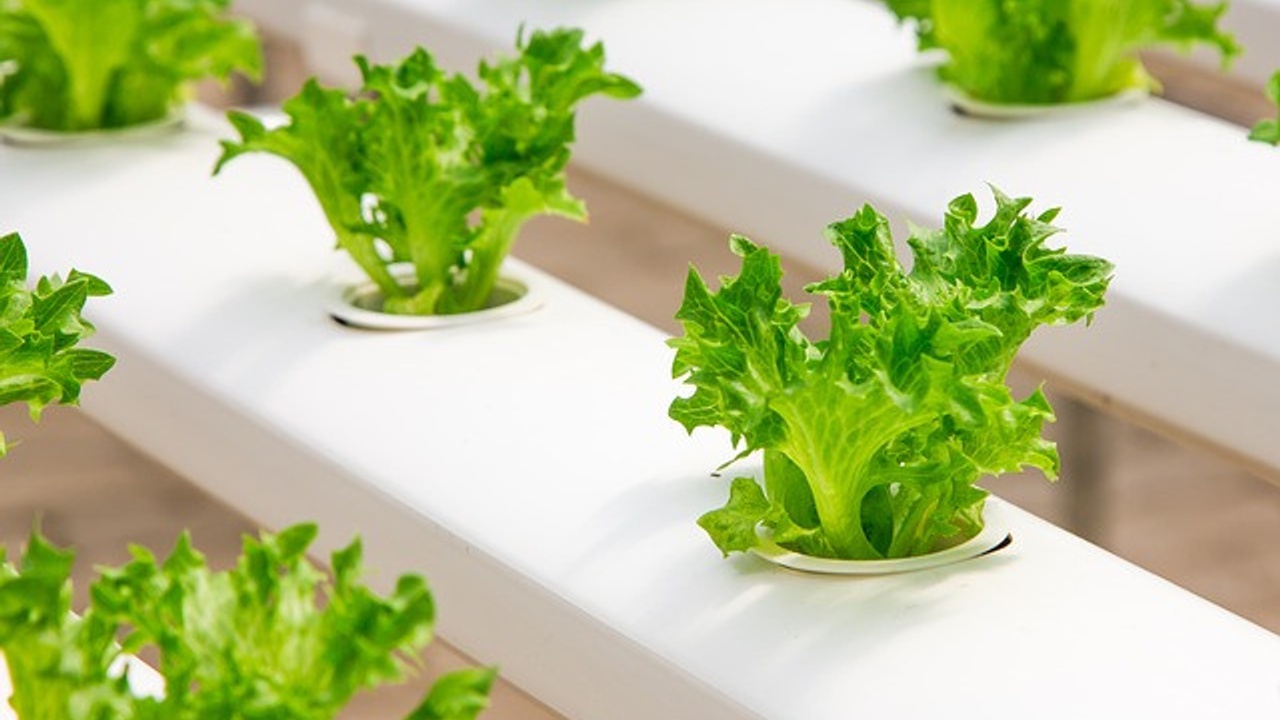
If you have ever considered hydroponics, this post is intended to give you a general overview of the basic principles involved. There is a lot more to it than what is contained in this post. So if you are truly interest, then there are extensive resources available. However, this post will give you a good idea if this is something you want to attempt.
A brief history of hydroponics
Very simply put, hydroponics is growing plants without soil. This method of cultivation has a long history. Many people believe that growing plants in this manner started in ancient Babylon. This city had an elaborate system of hanging gardens that many people believe was a hydroponic system into which fresh water rich in oxygen and nutrients was regularly pumped.
Why it works
Contrary to popular belief, plants do not actually need soil to grow. The three things that plants need to grow is food, water, and air. Soil simply provides a structure or substrate to support the roots of the plants and provides ...
Ten Tips for Building a Cabin on a Budget
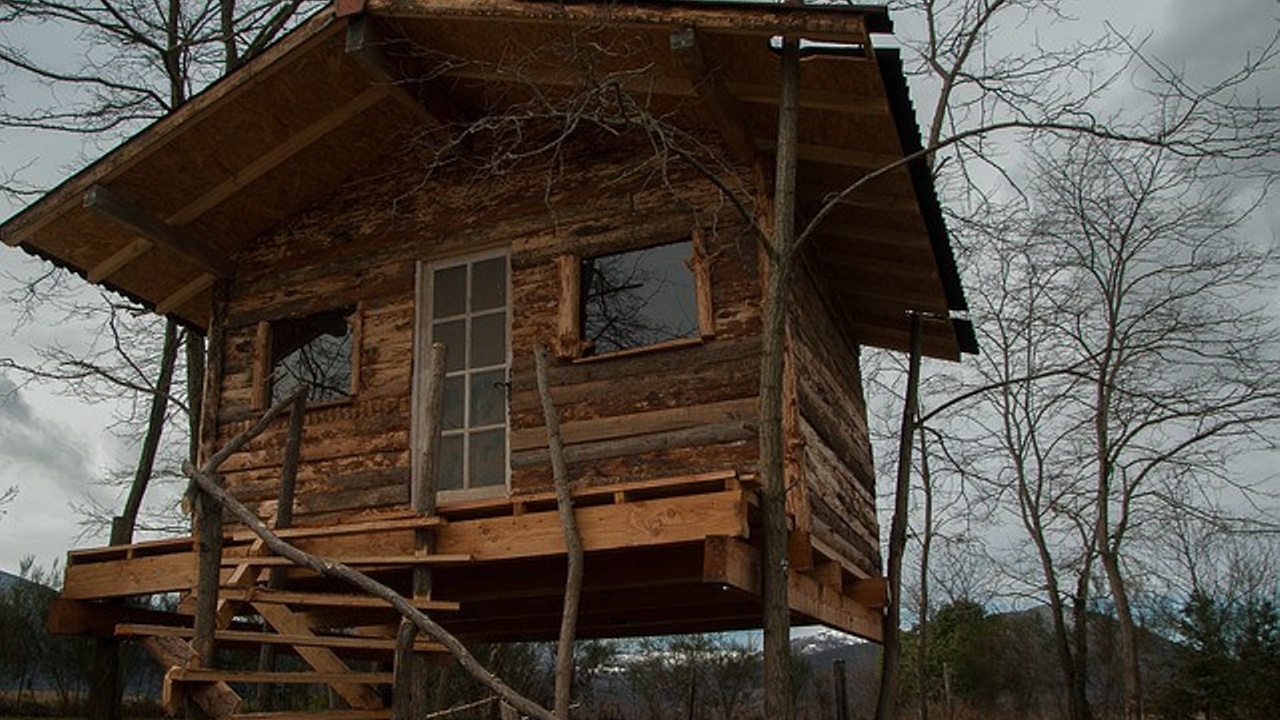
In recent years I have noticed a trend that more and more people want to get off the grid and get back to the basics. At the same time, many people would like to do that on a reasonable budget. This can be challenging to do when you are looking at purchasing land, building a home, and perhaps setting up a homestead. But if you are determined to save money then continuing reading to learn about 10 tips for building a cabin on a budget.
Searching the internet will bring up numerous options for building an inexpensive cabin. These ideas range from cabin kits, sheds, pallet construction, tiny homes, and even cabins built from shipping containers. I even have a post on Building an Off Grid Home.
All that being said, what I’ve always stressed is that whatever you decide to build, make sure that it will be comfortable for years to come. After all you have to establish a decent lifestyle if you are going to stick with this over the long haul. Consider the following 10 tips for building a cab...
How to Build a 600 Sq Foot Greenhouse for Less Than $5000
Growing your own food has numerous advantages. Produce is fresh, easily available, taste better, and is guaranteed to be organic. Growing your own also enables you to take another step toward self sufficiency and sustainability. However, if you live in a challenging climate, you may need to utilize a greenhouse in order to take full advantage of the growing season.
That said, commercial greenhouses can be expensive. Depending on the size, you can easily spend $10,000. You can get around that by a DIY project. In this post, learn how to build a 600 square foot greenhouse for less than $5,000.
Advantages to a Greenhouse
#1 Longer Growing Season
This is the obvious first advantage to having a greenhouse. You can easily extend the growing season even if you live in a cold climate. I happen to live at 10,000 feet elevation in Colorado. Having a greenhouse allows me to extend my growing season by 3 months.
#2 Protection from Bad Weather
There is nothing more disheartening than having...
The Benefits of Slow Food
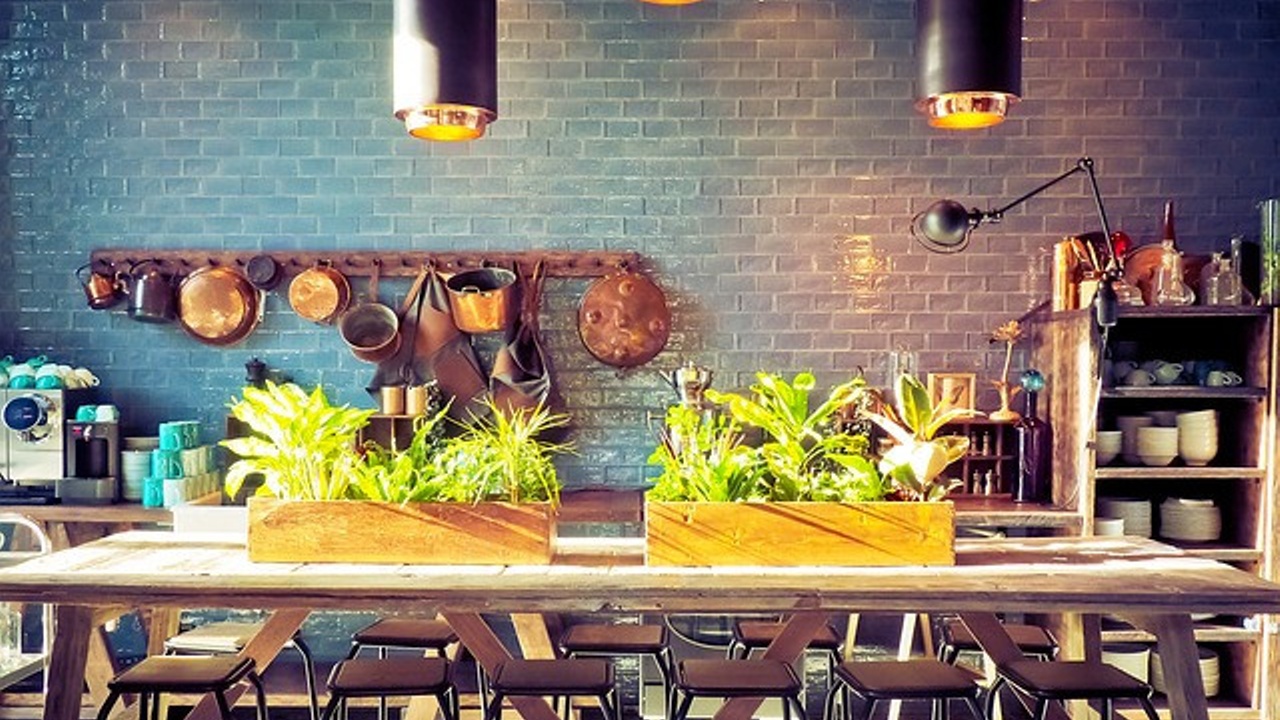
There is no doubt that the fast food industry has transformed the world. It affects how we eat, what we eat, our nutrition, and even our average body weight. In fact, the average American spends $1,200 per year on fast food. In fact, the global value of the fast food market tin 2017 was almost $650 billion.
It is sad to think that cooking from scratch, or what I call slow food, is becoming a lost art in the average home. Eating fast food is now the norm. If it is not fast food, now we can get the healthy “meal kit” delivered to our own home. At least we are cooking from home, but at what price?
But on the homestead, sustainable food production is a vital part of self sufficiency. Stocking up on essentials is a matter of necessity especially if you live far from the local supermarket. In my personal situation, the nearest supermarket is 22 miles away. That means I never have a quick trip to the store. It is 44 miles round trip. This is a minimum of 1 1/2 hours out of my day if there i...
How to Make a Homemade Water Filtration System

In a previous post I discussed in depth about how to maintain a safe water supply and the importance of doing so. In that post I discussed various options such as water filtration systems, methods for disinfection, as well as how to purify water. I also revealed what we do at the homestead and how we produce purified water for less than 3 cents a gallon. In this post, I want to show just how easy it is to make a homemade water filtration system.
List of components
-Two Black Berkey®️ water filters
-Two 5 gallon food grade buckets with lids
-One water spigot
-Drill
Set up
Once finished, this system is essentially two 5 gallon buckets stacked on top of one another like this:

It is essential to have food grade buckets. DO NOT use buckets from your local hardware store as these ARE NOT SAFE for food and water storage due to the chemicals used in the manufacturing process. Food grade buckets can easily be found online from multiple sources. They can also be obtained FOR FREE from the ba...
Two Easy Homemade Products

One of the driving forces for our off grid life is to be as sustainable as possible. One of the underlying principles of sustainability is producing as little waste as possible. One effective way of doing that is to produce certain products at home. And that leads me to the subject of this post which is how to make two easy homemade cleaning products. Those two products are dish soap and laundry detergent.
We have been using both of these products for about 6 months. I have found the dish soap to be just as effective as any commercial product. The laundry detergent, hands down, is superior to any commercial product that I’ve used. Additionally 90% of the ingredients for these products come in packaging that is recyclable.
Easy Homemade Dish Soap
Ingredients:
-1/4 C Fels-Naphtha soap (laundry bar and stain remover), Castile soap, or similar bar soap
-2 Cups of water
-1 to 2 Tablespoon of white vinegar
-1 tablespoon vegetable glycerin (helps with thickening but is optional)
-3 to 5 dro...
Five Ways to Maximize the Use of a Wood Stove
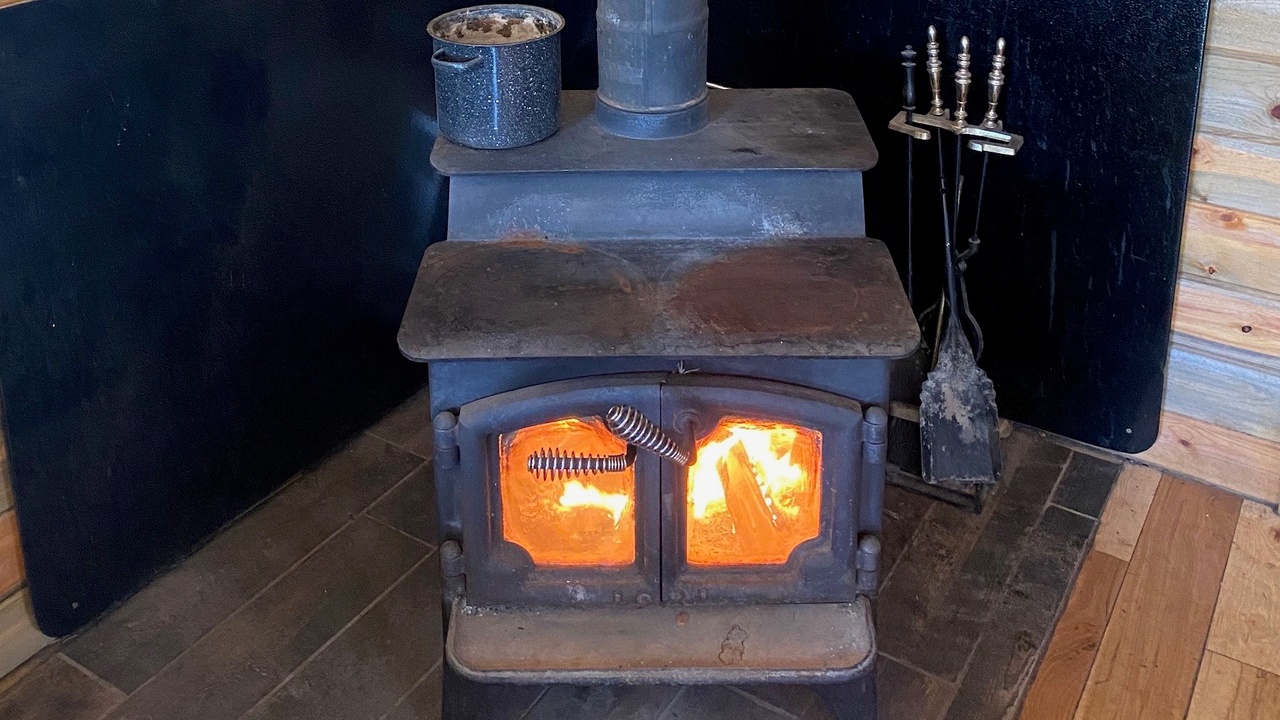
Whether you live off grid, have a homestead, or live in the city, in my opinion a wood stove is an essential addition to the household. If you happen to have one already, there are several things you can do in order to maximize the use of your wood stove.
A Source of Heat
The first and most obvious function of the wood stove is for a primary or secondary source of heat. In fact because I live off the grid, the wood stove is my only source of heat. This works well because I have easy access to an almost unlimited source of firewood.
Even if you live in the city or you are otherwise grid connected, the wood stove is a great back up system. If the grid goes down for days to weeks due to a major storm or a natural disaster, you at least have an alternative source of heat. This has actually happened to me on several occasions. The last time was when I was living in South Carolina. An ice storm took out the utility grid and power was not restored for 10 days.
A Source of Hot Water
Besid...




